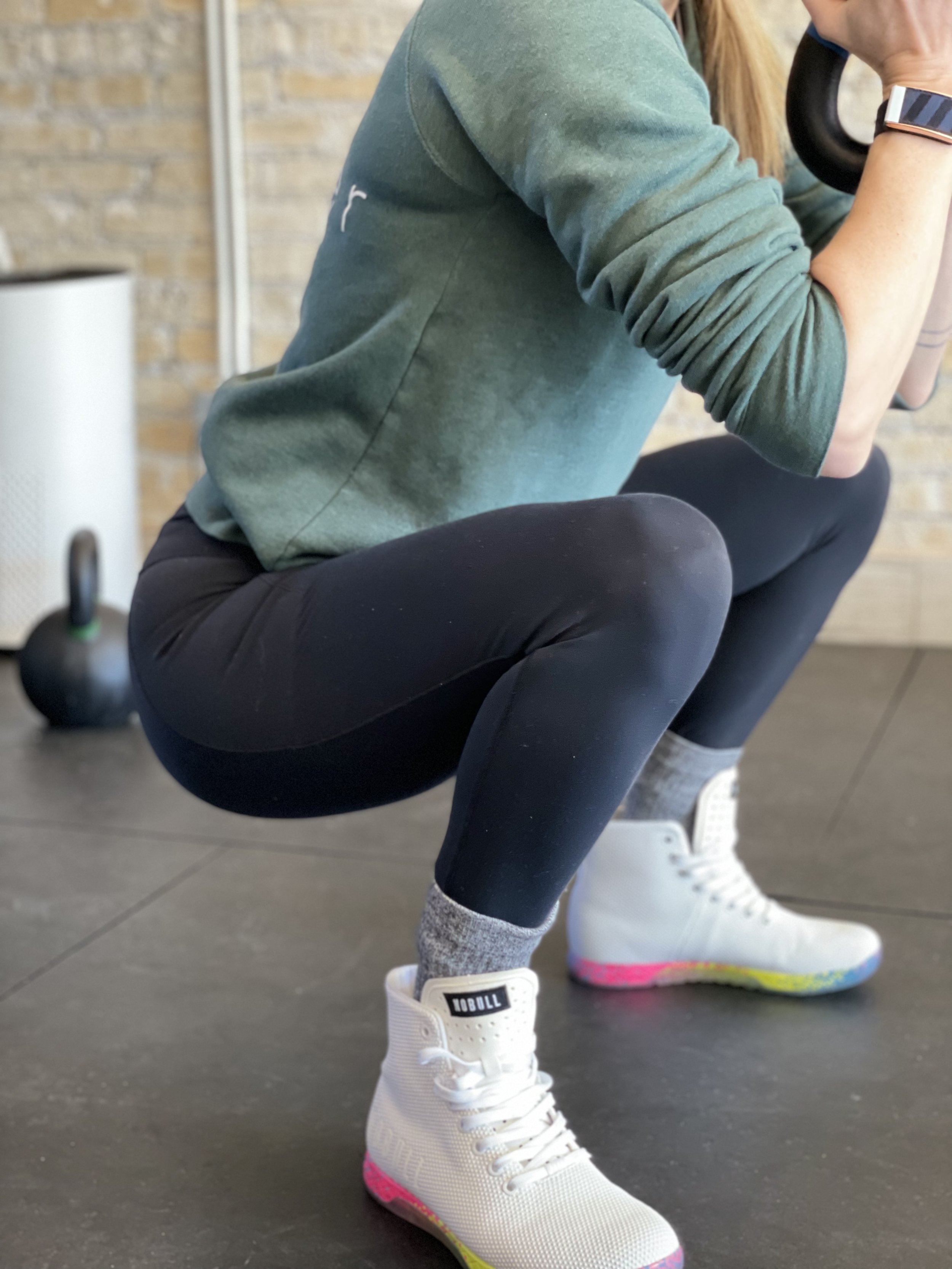What Is the Pelvic Floor?
Here’s some pelvic floor 101:
The pelvic floor includes a group of muscles in your pelvis.
The pelvic floor supports normal bladder, bowel, and sexual function.
It also plays a critical role in the way your “core” functions and stabilizes.
Every body has a pelvic floor–meaning any person across the gender and sexuality spectrum can experience pelvic floor issues.
Pelvic floor dysfunction can manifest in many different ways such as:
urinary incontinence or fecal incontinence aka pee or poop
difficulty urinating or constipation
pain with penetration
pain during or after sex
pelvic pain
Pelvic floor dysfunction can even be a root cause of low back pain, sacroiliac joint pain, or hip pain
How Can Physical Therapy Help During Pregnancy?
People tend to encounter physical therapists when their body goes through some sort of change– often, injury or surgery. You might, however, not immediately think of physical therapy to help your body undergo a different kind of change– pregnancy!
Many physical changes take place in your body to accommodate your growing baby. Your posture changes, your center of gravity changes, you undergo hormonal changes, and your ligaments and muscles need to adapt.
There are two big reasons to see a physical therapist during your pregnancy! You’re in pain or discomfort, or you want to be prepared for labor and delivery.
Is your “Mobility” Issue actually a Strength Issue?
Mobility is a hot topic in the fitness and CrossFit world. Many athletes spend a lot of time rolling on foam rollers, stretching with heavy resistance bands, and using lacrosse balls to try to improve their mobility.
If this is you, think about your reason for wanting to improve mobility. Do your muscles always feel tight? Are you struggling to hit a good overhead position? Is it painful to hang from a bar? Do you struggle to reach full depth when you squat?
Back Pain and Gymnastics: Necessary Nuisance, or Preventable and Problematic?
As a physical therapist, one of my clinical specialties is the treatment of chronic low back pain. Many of my patients with chronic low back pain are adults, but a large percentage includes gymnasts and wrestlers as young as 9 or 10. While low back pain seems like an issue for older adults, it’s actually quite prevalent within these young athletes, and if managed incorrectly or ignored it can lead to chronic pain, avoidance of certain movements, or quitting a sport entirely.




